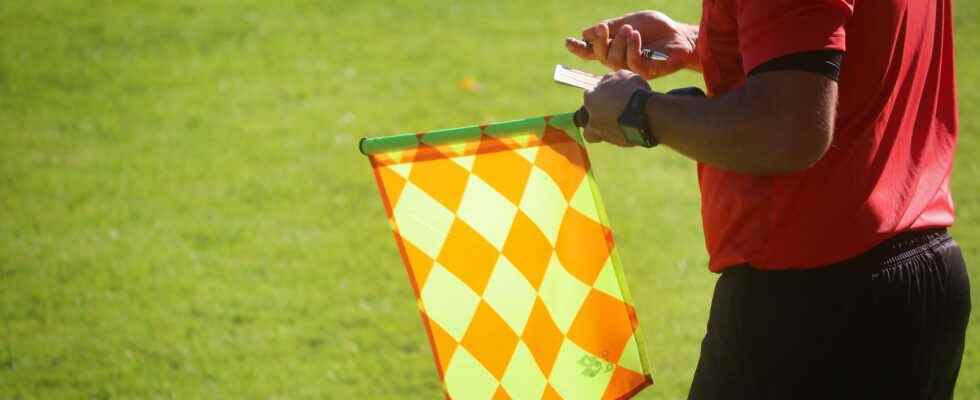From November 30, Fifa will take advantage of the Arab Cup in Qatar to test semi-automated offside arbitration. About ten cameras are dedicated to player movements, and an application decides whether or not the player is offside when his teammate passes. A technology that could be generalized to all championships.
You will also be interested
[EN VIDÉO] How to define the relevance of artificial intelligence? Artificial intelligence (AI), increasingly present in our world, allows machines to imitate a form of real intelligence. But how to define it?
Every weekend, it is a source of controversy and injustice on all football fields in the world. The offside rule, already complex moreover, has become more and more complicated to arbitrate, and now everything is played down to the centimeter! And since there are big sporting issues, but also economic ones behind each decision, Fifa and the various international federations use the latest technologies to limit errors as much as possible.
Certainly, video arbitration has been generalized for several years, but it still does not prevent errors of assessment since it is theeye human, behind his screens who determines if there is offside or not, and who transmits the information to the referees on the field.
A life-size test one year before the World Cup
To try to find the best possible solution, Fifa will test a semi-automated system, designed in particular with engineers from Massachusetts Institute of Technology (MIT) but also the universities of Melbourne and Zurich. The full-scale test takes place from today during the Arab Cup, which takes place in Qatar. A competition that was not chosen by chance since it is a real rehearsal before the 2022 World Cup which will take place in a year, at the same period, in the same stadiums.
This technology is based on 10 to 12 cameras placed under the roof of the stadium, and it has already been experienced in Europe on the side of Germany, Spain and England. These cameras track 29 data points per player, and 50 times per second. They make it possible to crisscross the field, and to detect in real time the departure of the balloon in relation to the positions of the attackers. A 3D grid since the regulations stipulate that ” a player is in an offside position if any part of his head, trunk or legs is in the opponent’s half of the field (not including the center line) and closer to the opponent’s goal line than the ball and the penultimate opponent “.
Data transmitted almost in real time
Previously, we were content to look at the feet of the player, and now you have to take into account his head or his torso, and the human eye is no longer enough to appreciate the position of the attacker as well as possible. In fact, the cameras make it possible to draw lines on the pitch, one for the attacker at the time of the departure of the ball, and the others represent the defenders. It is a bit the same principle as for a photo finish in a proof ofAthletics.
According to Fifa, the data collected is transmitted almost in real time to the video refereeing assistance cell (VAR). There, there is now a referee specially dedicated to offside who, in a few seconds, will give his opinion to the referee of the match. The latter will decide whether or not the player who is flagged offside was part of the action.
” Technology is very important and useful both in pre-match preparation and in the decision-making process during matches ”, explains Pierluigi Collina, legend of arbitration, today responsible for the arbitration of Fifa. ” In an offside situation, the decision is made after analyzing not only the position of the players but also their involvement in the movement. Technology – today or tomorrow – may draw a line, but the evaluation of a interference with the game or with an opponent remains in the hands of the referee. “
Which means that, unlike the Goal-Line Technology, used to determine whether a ball has crossed the goal line, the referee will still have the final say. It remains to be seen whether the two referees will still be useful in the years to come …
Interested in what you just read?
.
fs1
